Christmas Tree: A timeless tradition with Christian roots
They come in all shapes, sizes, and colors. Along with Nativity scenes, the Christmas tree stands out as one of the most emblematic symbols of the Holiday season
But, where does this tradition come from? There are many theories, but history points to ancient civilizations.
FR. BERNARDO ESTRADA
Professor, Pontifical University of the Holy Cross
“There are some people who think, for example, that the Christmas tree is a pagan symbol, and it’s not! Its meaning is rooted in some very old traditions from ancient civilizations. Back then, the Chinese and Egyptians had already used trees to decorate their homes.”
During the Renaissance, Christians adopted this symbol and gave it new meaning to celebrate the birth of Jesus.
The challenges was finding trees that kept their leaves during the cold winter, so they began using fir and pine trees.
FR. BERNARDO ESTRADA
Professor, Pontifical University of the Holy Cross
“It was a symbol of eternity and the life of God, which is never ending. So by comparing it to the life of God, which never ends, and the Son of God, who comes to us every Christmas, it gives it this meaning of God, who makes Himself present to all of humanity.”
Decorations came next. The first signs of ornaments used on trees come from Germany. Martin Luther supported this trait.
FR. BERNARDO ESTRADA
Professor, Pontifical University of the Holy Cross
“Luther was a fan of this and in a way he led the tradition. He would set up his tree and as decorations he would add fruit. This was done as a reminder of the Tree of Paradise.
Centuries later, ornaments replaced apples and oranges. And with electricity, it was only a matter of time before Christmas lights appeared. Today, the Christmas tree is more than a Holiday decoration. Around the world, it’s a symbol of joy and a simple way to honor the birth of Jesus.




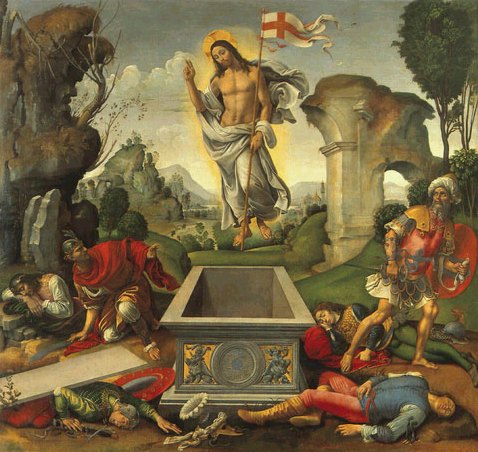
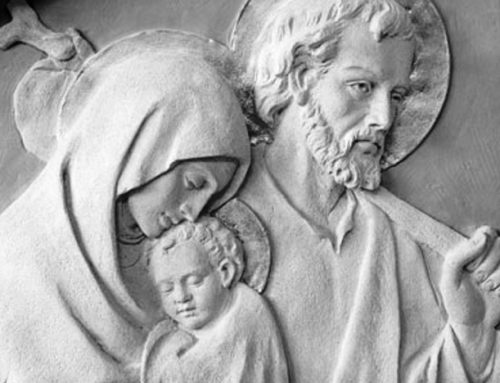
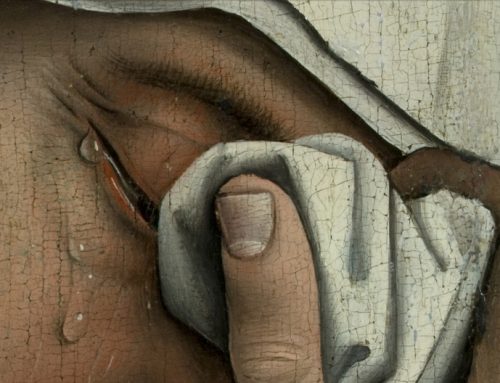
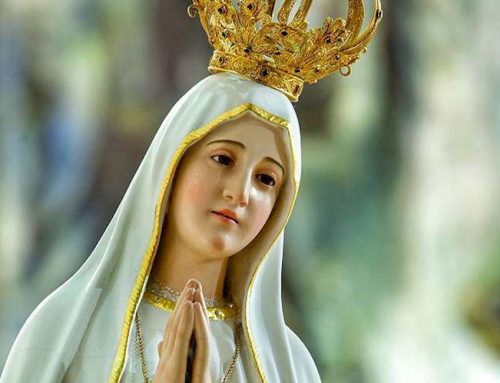
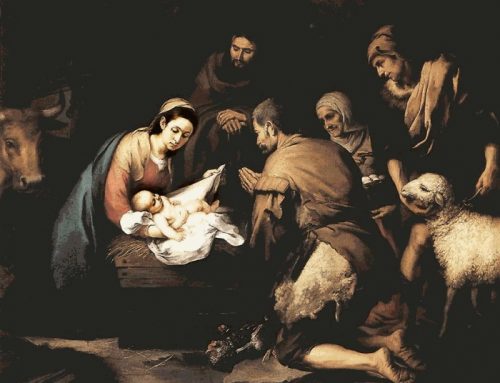
Leave A Comment
You must be logged in to post a comment.